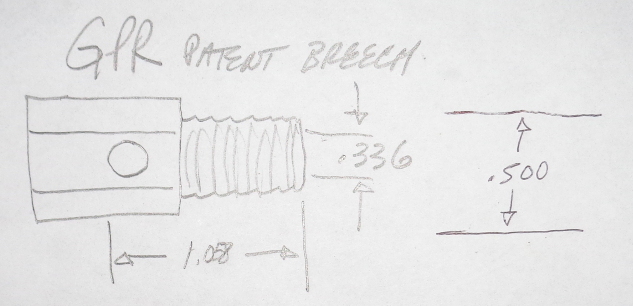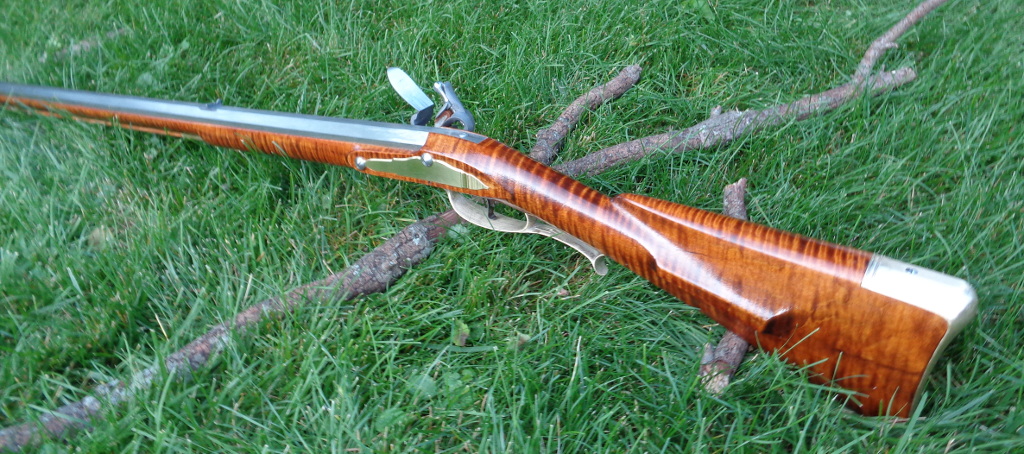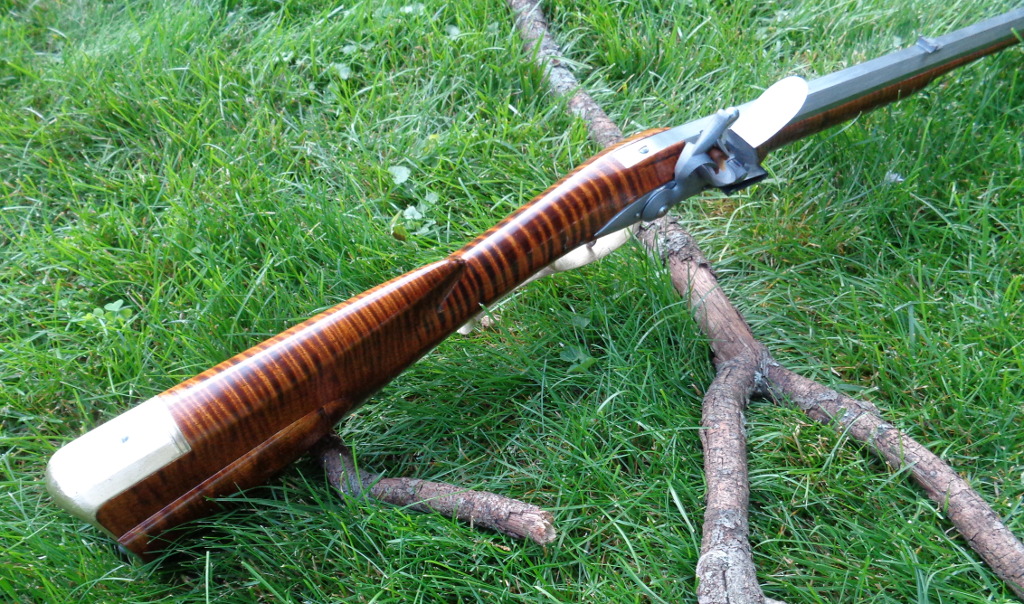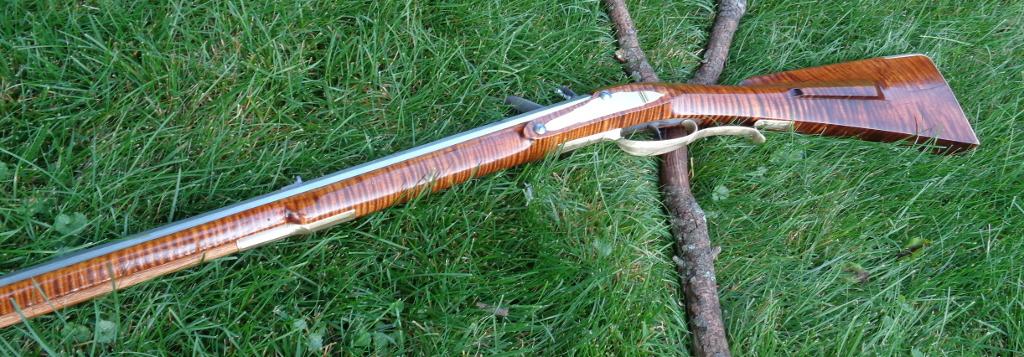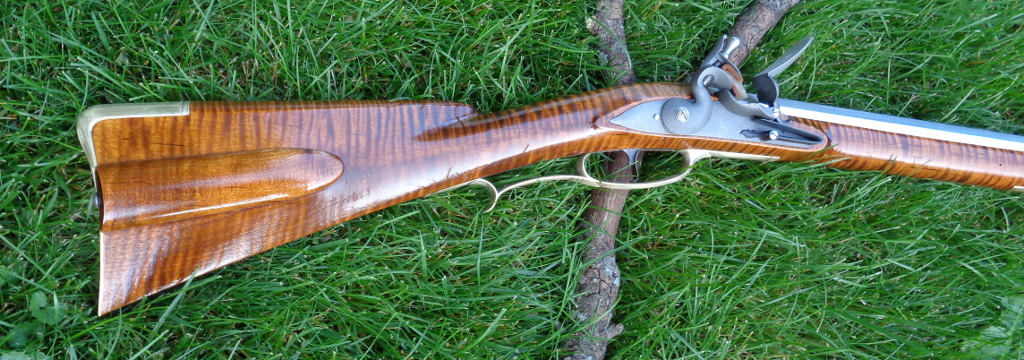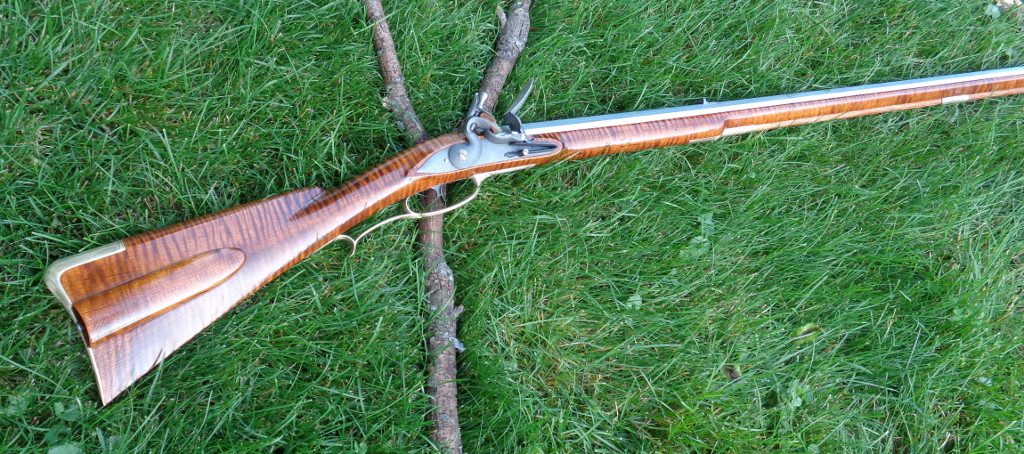When it comes to traditional muzzleloaders, I only have and shoot flintlocks. Yes, I've had a gaggle of cap guns, they're just not my style and I prefer the guns of the 18th century ... 19th century guns for me are Sharps and Rollers. I've been building, maintaining, fixing, and shooter flinters since the late 50s (1950s, that is, not 1750s

)
Unlike percussion locks, flint locks are far more quality dependent - for the very most part, you will get in return what you paid. Flint locks can, and should be, "tuned". Not a chore and easy for good locks, but a bear for not-so-good locks.
There are essentially two kinds of trad muzzleloader chambers - "patent" breech and flat faced breech. Almost all the offshore built guns, from T/C to Lyman to Pedersoli to Traditions to Investarms to etc etc etc, will have that patent breech, which is actually two chambers - the main chamber where the powder and patched ball live, and an ante-chamber that's before the main chamber.
If a gun is .50 bore, the ante-chamber will typically be a .30 something bore ...
Here's where it gets "interesting" ... the ante-chamber is a smaller diameter than the main chamber. It's like a flue and its design is to speed up ignition. Does it do that? Personally, I've never seen that to be true, but I do know that patent breech anti-chambers WILL REQUIRE attention for fouling control, sometimes after every shot. That means putting a brush on the end of yer ramrod and draping a patch over it in order to get down into that ante-chamber and clean it out of BP residue.
Yes, BP - black powder - you don't wanna use BP sub with flintlocks because that stuff is near useless for pan ignition (as the flint scrapes hot metal off the hammer steel to ignite what stuff ya stuck in the pan so that the stuff's heat will enter the touch hole and ignite the chamber powder).
I recommend onshore built flintlock rifles and smoothbores that feature classic flat faced breech plugs. Yes, not cheap. You will get in return what you paid for a Good Flintlock rifle/smoothbore. Good luck.
I built a Kibler Colonial flintlock in .54 caliber and the kit was just Excellent. I highly recommend Kibler kits. You will need some tooling and some crafting smarts, it ain't nothing like those offshore "kits" that are just plug 'n' play with a screwdriver.
)
